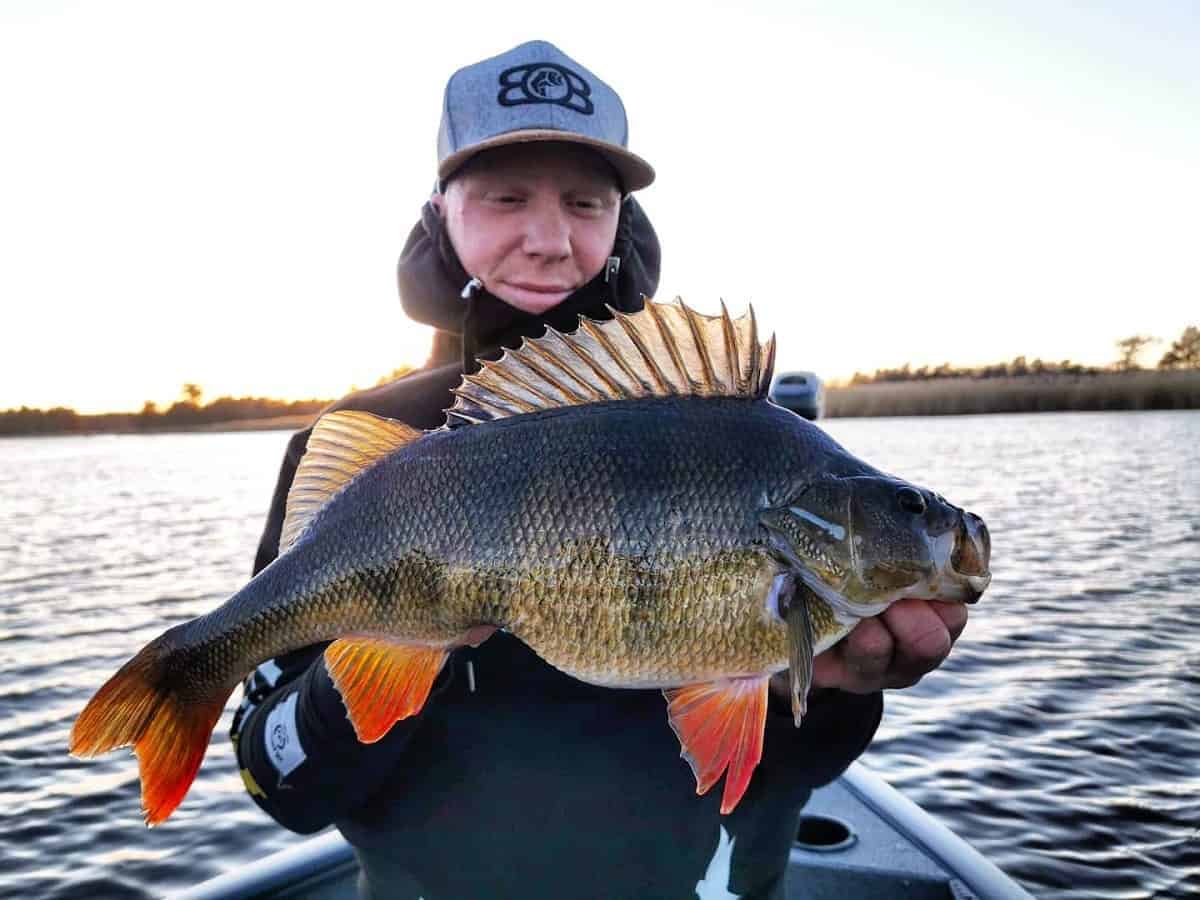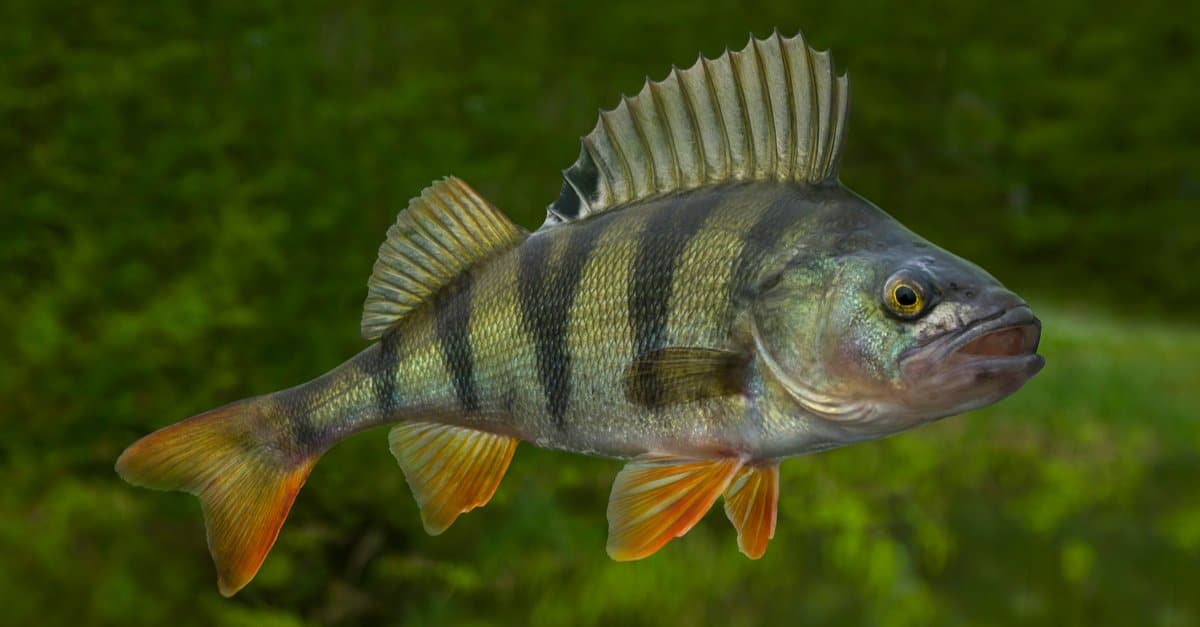Perch Definition

Perch definition – The word “perch” possesses a multifaceted nature, boasting diverse meanings as a noun, verb, and adjective. Its origins can be traced back to the Middle English term “perche,” which itself stems from the Old French “perche” and ultimately the Latin “pertica,” signifying a pole or rod.
As a Noun
In its nominal form, “perch” primarily denotes a slender, elongated object resembling a rod or pole. This usage is prevalent in various contexts, including:
- A wooden or metal rod used for supporting or suspending objects, such as curtains or clothes.
- A slender pole employed in surveying or measuring distances.
- A long, thin stick utilized as a lever or fulcrum.
As a Verb
When employed as a verb, “perch” conveys the act of settling or resting on a high or elevated position. It often implies a temporary or precarious stance, as in the following examples:
- The bird perched on the branch of a tree, its keen eyes scanning the surroundings.
- The acrobat perched atop the tightrope, balancing with grace and agility.
As an Adjective, Perch definition
In its adjectival form, “perch” describes something as being elevated or situated at a height. This usage is commonly encountered in phrases such as:
- Perched on a hilltop, the castle commanded a panoramic view of the valley below.
- The perched village clung to the side of the mountain, its houses cascading down the slope.
Types of Perch
Perch, a diverse group of fish species, inhabit various aquatic ecosystems worldwide. They exhibit distinct physical characteristics, behaviors, and ecological roles.
The most common perch species belong to the family Percidae, known as the true perches. These fish typically have elongated, laterally compressed bodies, with spiny dorsal fins and sharp anal fins. Their scales are usually ctenoid, meaning they have a rough, comb-like texture. True perches are often found in freshwater lakes, rivers, and streams, and some species can also tolerate brackish water.
Other perch species belong to different families, such as the Centrarchidae (sunfishes), Serranidae (groupers), and Lutjanidae (snappers). These fish share some similarities with true perches, such as having spiny dorsal fins and ctenoid scales, but they also exhibit unique characteristics and adaptations.
True Perches
- Yellow perch (Perca flavescens): Found in North America, yellow perch have a yellow or golden body with dark vertical bars. They prefer shallow, weedy areas of lakes and rivers.
- European perch (Perca fluviatilis): Native to Europe and Asia, European perch have a silvery-green body with dark vertical bars. They are found in a variety of freshwater habitats, including lakes, rivers, and ponds.
- Walleye (Sander vitreus): A popular sport fish in North America, walleye have a slender, olive-green body with a white belly. They prefer deep, clear lakes and rivers.
Other Perch Species
- Bluegill (Lepomis macrochirus): A sunfish species found in North America, bluegill have a bright blue or green body with a dark spot on the operculum (gill cover). They are common in shallow, weedy areas of lakes and ponds.
- Largemouth bass (Micropterus salmoides): A popular sport fish worldwide, largemouth bass have a large mouth and a dark green or brown body with a light belly. They are found in a variety of freshwater habitats, including lakes, rivers, and ponds.
- Red snapper (Lutjanus campechanus): A snapper species found in the Gulf of Mexico and Atlantic Ocean, red snapper have a reddish-orange body with a white belly. They are found in deep, offshore waters.
The various perch species play important ecological roles in their respective ecosystems. They serve as predators, consuming smaller fish and invertebrates, and they are preyed upon by larger fish, birds, and mammals. Some perch species, such as yellow perch and bluegill, are also important forage fish for recreational and commercial fisheries.
Perch in Culture and Cuisine: Perch Definition

Perch has played a significant role in human societies for centuries, holding cultural and culinary importance in various regions. Its versatility and delicate flavor have made it a staple in traditional fishing practices and culinary traditions worldwide.
Cultural Significance
In ancient Greece, perch was associated with the goddess Athena and was believed to bring good luck to fishermen. In medieval Europe, perch was a popular food among both the nobility and commoners, and it was often featured in feasts and banquets. In Japan, perch is considered a symbol of longevity and is often served at celebrations and special occasions.
Culinary Traditions
Perch is a highly versatile fish that can be prepared in various ways. It is commonly fried, grilled, baked, or poached. In many cultures, perch is also used in soups, stews, and salads. In Scandinavia, for example, perch is often pickled or smoked, preserving its flavor for extended periods.
Recipes and Cooking Techniques
Perch can be prepared using various recipes and cooking techniques, showcasing its versatility and flavor. Here are a few popular recipes:
- Pan-Fried Perch: Dredge perch fillets in flour and pan-fry until golden brown. Serve with lemon wedges and tartar sauce.
- Baked Perch with Lemon and Herbs: Bake perch fillets with lemon slices, fresh herbs, and olive oil. Serve with roasted vegetables or mashed potatoes.
- Perch Chowder: Simmer perch fillets in a creamy broth with vegetables and potatoes. Serve with crusty bread or crackers.
